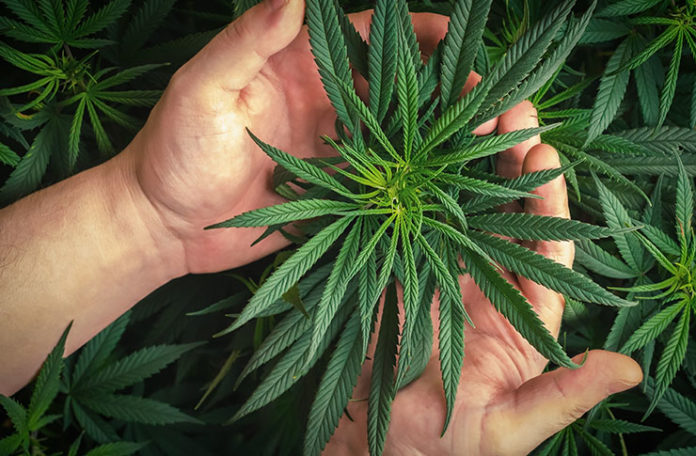
For many users of medical marijuana, cannabis is more than just recreational—it is imperative to their health and well-being. If consistent exposure to marijuana can cause an allergic reaction in some people, then this could create other problems for users and those passively exposed.
An allergy is basically an immune defence by the body trying to protect itself from outside invaders. Whereas the antibodies can be successful in eliminating a perceived toxin, the increased immune response is also what leaves you with the typical allergy symptoms. So, what could be contained in cannabis that the body is trying to keep out?
A study published in AAAI showed allergic sensitization to Can s3—a protein found in Cannabis sativa. However, what makes a cannabis allergy potentially harmful is that as a substance, cannabis can be inhaled and/or ingested. Therefore, not only can the smoke cause allergic reactions (whether through direct or indirect exposure), but so can the pollen spores from the growth and/or production of cannabis.
Research has also shown that cannabis-in-fused foods and drinks, and the mould that the herb can develop over time, are also linked to cannabis allergies.
WHAT ARE THE SYMPTOMS? Symptoms of a cannabis allergy are typically characteristic of other allergies, but can also be dependent on the way a person was exposed. For example, touching cannabis could result in a contact dermatitis reaction, whereas inhaling it can affect the eyes, sinuses and respiration.
Some reported symptoms of allergic reactions to cannabis are:
❯ Asthma (mild / bronchial)
❯ Chest tightness
❯ Contact urticaria – skin rash
❯ Dry coughing
❯ Dyshidrotic hand eczema – skin blisters
❯ Headaches
❯ Nasal congestion
❯ Nose and eye itching
❯ Pharyngeal pruritus – sore or itchy throat
❯ Generalized pruritus – itchy skin
❯ Rhinoconjunctivitis (acute / intense)
❯ Rhinorrhea – runny nose
❯ Sneezing
❯ Watery eyes
WHAT’S NEXT?
Because pollen tests are unavailable for can-nabis allergies, skin tests conducted by certified allergists are the best way to determine them. During this evaluation, skin is pricked with a specific allergen. If the body perceives this substance as a threat, it will produce immunoglobulin E. This will be expressed by the formation of “wheals” (itchy, red bumps) and “flares” (surrounding redness) around the prick site.
Unfortunately, a positive skin prick test does not necessarily indicate whether the patient will experience reactions to the allergen in question. As such, practitioners must compare skin test results with the time and place of a person’s symptoms.
Traditional treatment options for those with mild allergic reactions to cannabis are available, including antihistamines, intranasal steroids, and nasal decongestants. Treatments are also available for asthma and anaphylaxis caused by cannabis: for the former, beta antagonists or inhaled corticosteroids may be effective, while the latter must be dealt with through an epinephrine injection. This being said, those with a history of asthma or anaphylaxis should focus on abstinence towards the allergen in question.
Although the research is small and recent, cannabis allergies are on the rise. Currently, most cannabis allergies can be treated similarly to other allergies, but more research is needed to better understand which allergens are present in cannabis, and to establish better treatment options. .










